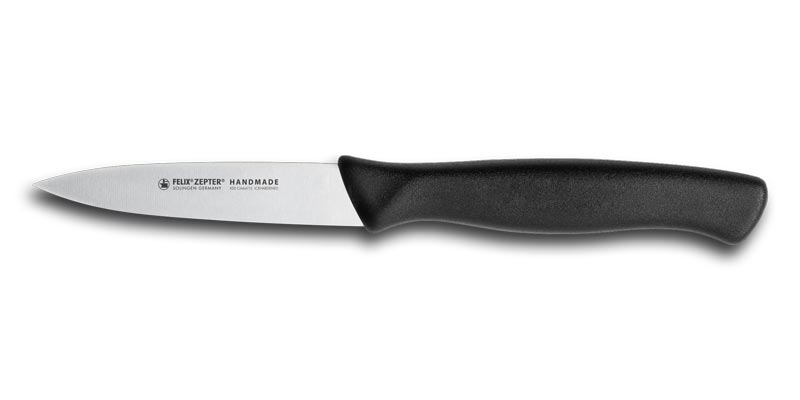1 Pay Attention to Function and Specialized Design
When purchasing a knife, consider its intended use. Specialized knives can make food preparation much easier. Here are some of the different types of knives available on the market and their specific functions:

– Paring Knife: Typically 7-10 cm in length with a long handle, this knife is designed for peeling fruits and vegetables. You only need to use the upper part of the blade, keeping your hands away from the sharp edge. It’s perfect for peeling apples, other fruits, and even chopping garlic or garnishes.
– Utility Knife: A utility knife usually has one serrated edge and a blade length of about 13 cm. It is used for cutting meat, larger vegetables, and preparing sandwiches.
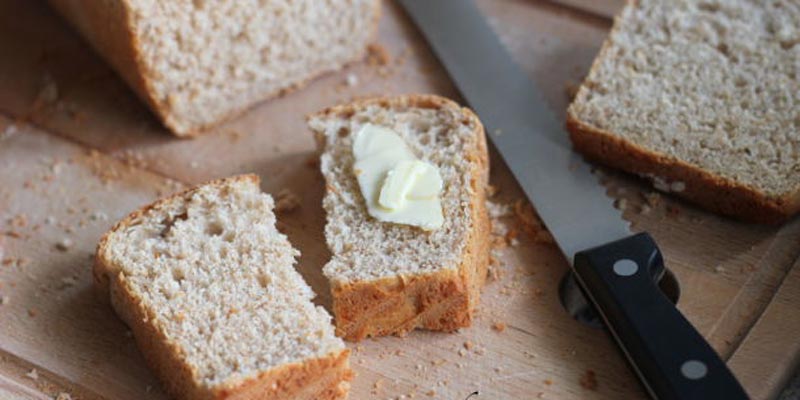
– Bread Knife: This knife has a serrated or scalloped edge, or sometimes a combination of both. The long, flat blade is designed to cut through the tough, thick crust of bread without tearing or compressing it. It’s also great for cutting fruits and vegetables.
– Carving Knife: Featuring a pointed or rounded tip and a straight edge, this knife is ideal for separating meat from the bone, slicing roasts, or cutting fried foods. The blade is usually 20 cm or longer, and some models have a groove on one side to guide the meat.
– Fillet Knife: With a thin, flexible blade ranging from 12-17 cm in length, this knife is designed for deboning fish and meat with ease.
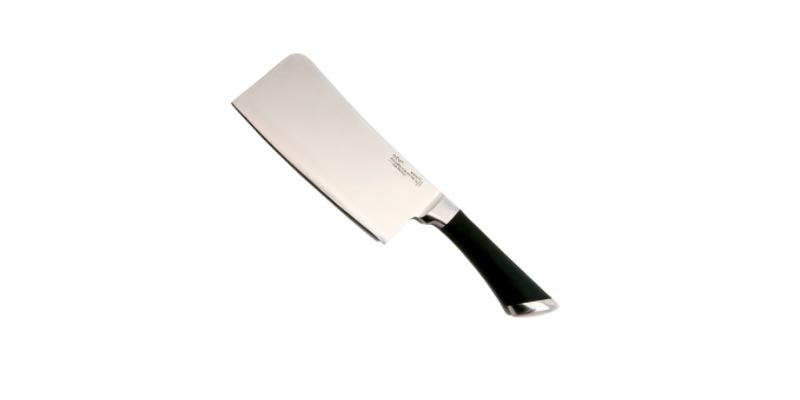
– Cleaver: Characterized by a thick, heavy blade with a slightly curved spine, this knife is used for chopping, cutting, and mincing meat (though not for large bones).
– Chef’s Knife or French Knife: Designed with a medium or thin blade, a curved edge, and varying lengths, this versatile knife can handle a range of tasks, from chopping to slicing and dicing.
2 Learn About the Materials Used
The quality and price of a knife depend on the materials used and the manufacturing process. Here are some key points to consider:
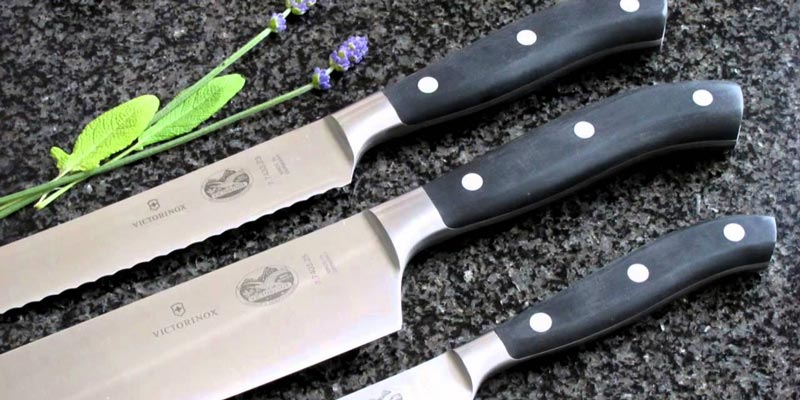
– Forged Steel Knife: These knives are made from a single piece of steel, ensuring that the blade and handle are securely attached. While they offer superior strength, they may feel less maneuverable due to their fixed design.
– Cutlery Steel Knife: Cut from a strip of stainless steel, these knives offer good quality at an affordable price. While not as sturdy as forged steel knives, they are a popular choice for everyday use.
– Carbon Steel Knife: Known for their exceptional sharpness, these knives have a fine, sharp edge and a strong blade. They retain their sharpness longer, so you won’t need to sharpen them as frequently. The superior material comes at a higher cost, but it’s worth the investment.
– Stainless Steel Knife: Made from stainless steel, these knives are lightweight, shiny, and durable. However, they tend to dull faster and require more frequent sharpening to maintain optimal performance.
3 Choose a Handle That’s Comfortable to Hold
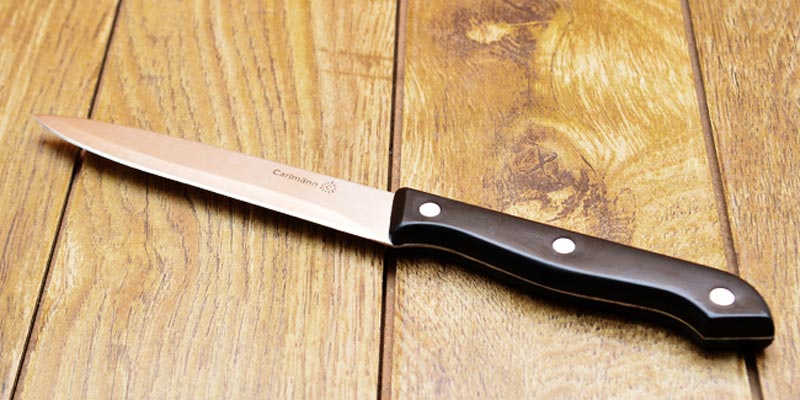
In addition to the blade material, consider the handle material and design. It should feel comfortable in your hand and provide a secure grip. Options include non-slip plastic handles, composite handles for a sure grip, and silicone handles for comfort. Choose the handle that best suits your personal preferences and needs.
For more information:
In summary, to choose a knife that will last, consider the type of knife, the materials used, and how you plan to use it. Happy cooking and chopping!
Source: afamily.vn
The Ultimate Guide: How to Choose the Perfect Eyebrow Razor for Beginners
Eyebrow razors are an essential beauty tool for every woman. Join us as we explore how to choose the perfect eyebrow razor for your needs in our comprehensive guide. Discover the secrets to achieving flawless brows with the right tools and expertise. Learn how to select a quality eyebrow razor that delivers precision and comfort. Elevate your beauty routine and unlock the potential of perfectly shaped eyebrows.

























